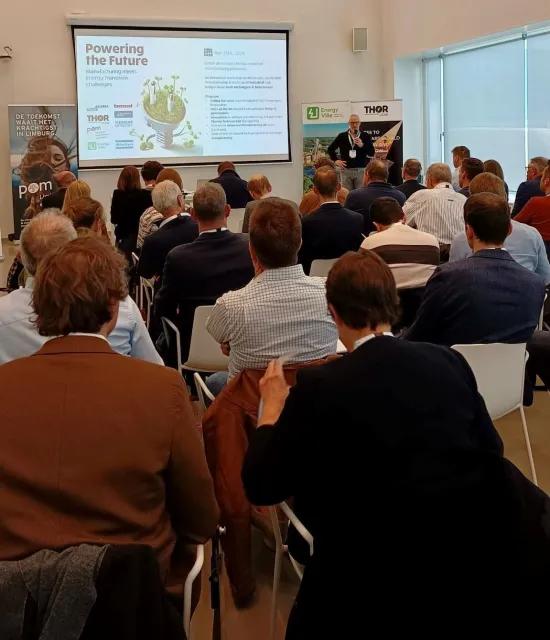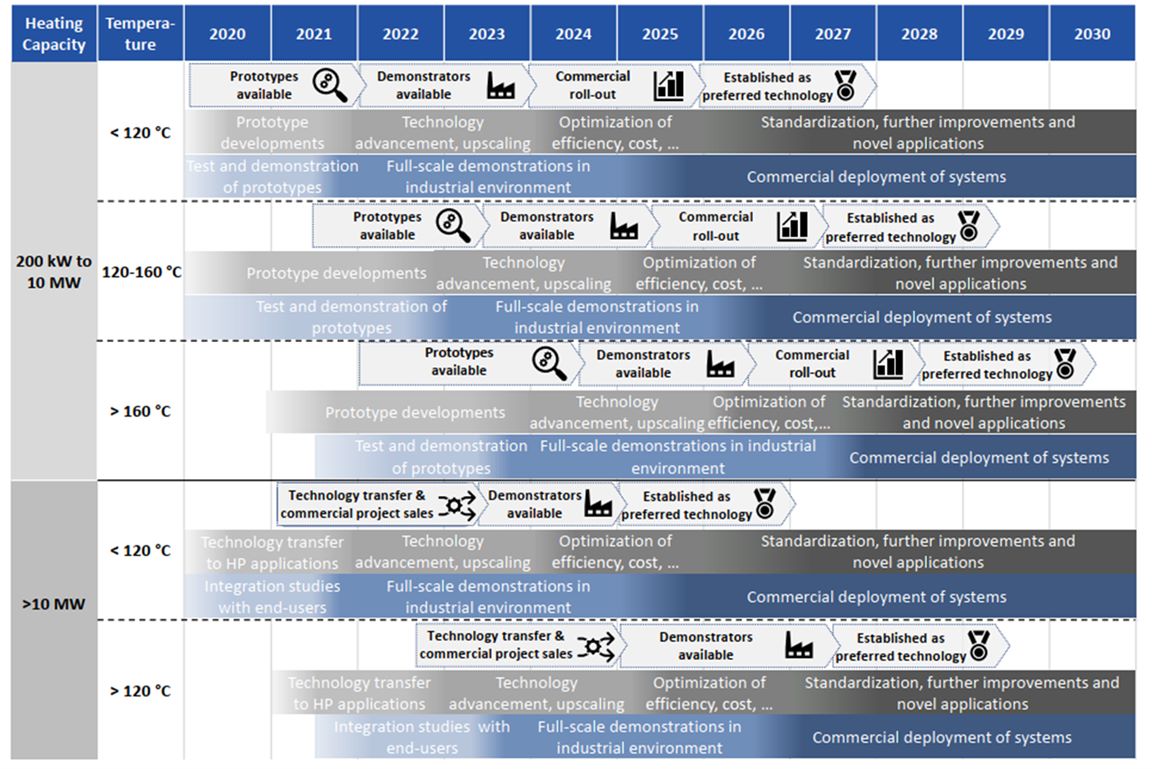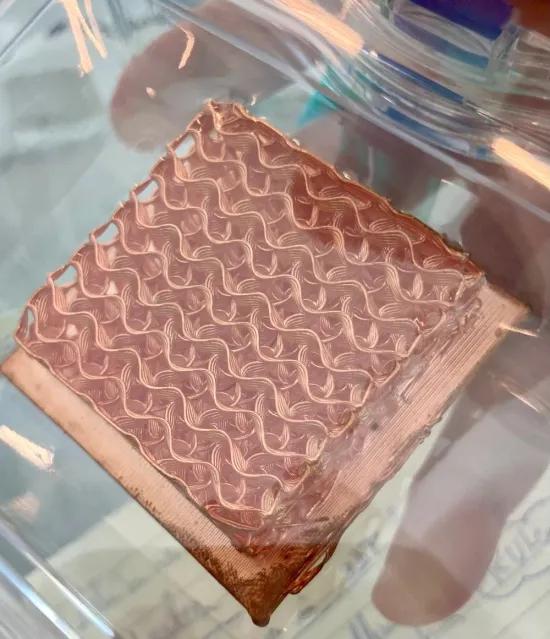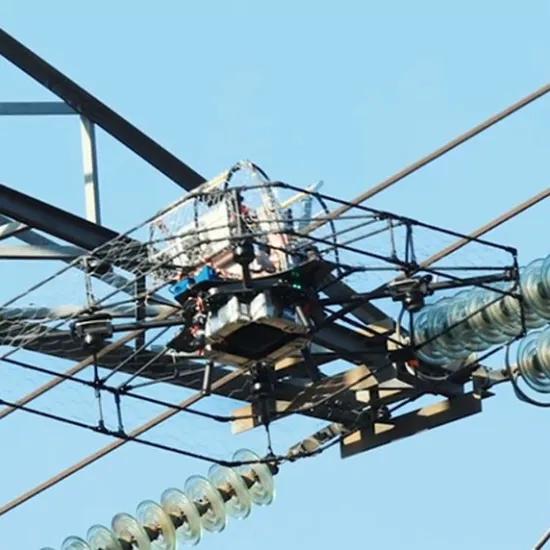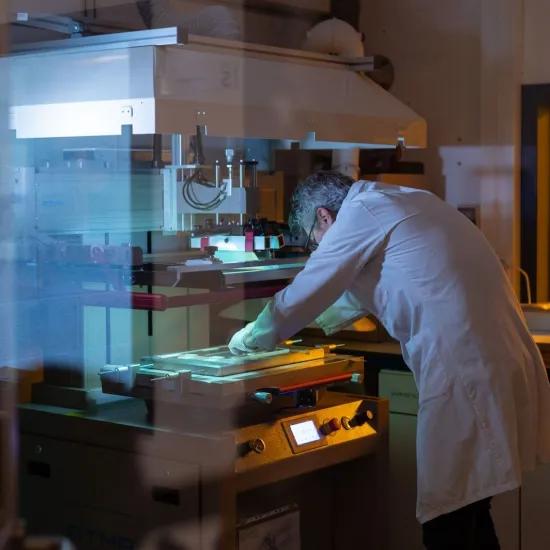Design, application, manufacturing & scale-up of industrial high temperature heat exchangers and heat pumps
High temperature industrial heat pumps have a potential to significantly increase energy efficiency and reduce greenhouse gas emissions in industries that require temperatures between 100 and 180 °C. Research anticipates that new heat pump technologies will enable reductions in industrial energy consumption of between 40 and 70 percent, facilitated by the recovery of low-temperature waste heat. A recent workshop focused on the design, application, manufacturing and scale-up of industrial high temperature heat exchangers and heat pumps.
37% of the process heat required by the European Industry is below 200 °C (730 TWh/year). Available waste heat between 40-100 °C is estimated to be 220 TWh/year.
It is expected that the anticipated and much needed tax shift from electric to fossil heat generation together with the 2027 instalment of ETS 2 - a European CO2 tax on fossil fuels for buildings and transport - will significantly increase demand for heat pumps.
Although gas prices recently have been under control again, the message of the workshop for research and industry professionals, which took at Thor Park in Genk, on 24 April 2024, clearly was ‘to fix the roof when the sun shines’. The time is now to move away from fossil fuels towards sustainable alternatives.
We dived into the world of high temperature heat pumps, adding to that a specific focus on innovative compact heat exchanger design & production.
Setting the scene
The “coefficient of performance” or “COP” (sometimes also “CP” or “CoP”) of a heat pump, refrigerator or air conditioning system is a ratio of useful heating or cooling provided to work (energy) required. Higher COPs equate to higher efficiency, lower energy (power) consumption and thus lower operating costs. Imagine a heat pump with an electrical power of 1,000 kW and a COP of 3.5. This means that when powered with 1,000 kW, the heat pump delivers 3,500kW of heat.
The higher the temperature lift you want to achieve, the lower the COP will become, so we are looking at heat pump technologies that can keep COP levels high, whilst at the same time achieving a considerable temperature increase. Compression heat pumps, sorption heat pumps, mechanical vapour recompression and steam ejector can all be considered good candidates.
Under guidance of the Danish Technological Institute, an overview of the maturity of the different high temperature heat pump technologies has been made, as Annex 58 of the IEA’s latest Technology Collaboration Programme :
As indicated in the time table, by the end of this year practical demonstrators for the higher temperatures and the higher powers, will also be or become available
From demonstration to large-scale application
The European project PUSH2HEAT focuses on the design, development and demonstration of full-scale high temperature heat pump pilots in different industrial applications. One of them is the QPinch thermochemical heat transformer technology, which uses waste heat with a temperature of 60-90 ºC and supplies 1 MW process heat (hot water, steam) at 110-150 ºC.
About 95% of current industrial applications make use of vapour compression technology. A hot topic on the (European) agenda for the coming years will be the limitation of the use of some currently used refrigerants. KU Leuven and UGent currently execute a project together, targeting the use of ‘natural’ refrigerants. Results seem to show that the combination of water and ammonia has the best potential to both perform efficiently and environmental-friendly.
Rossen Ivanov from Armstrong gave the audience all details of pinch technology, a method for thermodynamically integrating heat pumps into industrial processes by analysing temperature-load profiles and identifying thermodynamically independent zones where heat transfer typically should or should not occur.
Asking the audience what is preventing them from investing in an industrial heat pump, the answer was overwhelmingly unanimous: “It’s not the reliability, the performance or the temperature levels that can be achieved, but the lack of a decent ROI.”
Revolutionising the design of compact heat exchangers
KU Leuven – as a part of a very small global community “that knows how to design heat exchangers decently” (according to Tine Baelmans) - is at the forefront of revolutionising compact heat Exchanger (CHX) designs. Current advances in creating (Gen)AI-enabled digital twin, multi-scale models can enable a “pixel-wise” build-up of very short, compact heat exchangers. Doing so, cooling capacities can be improved by a staggering 50%! More streamlined cooling fins, enabled by 3D printing are considered a crucial element in further realising this potential. Innovative research methods used at KU Leuven are conceptually extremely simple and clever. They always follow the same logic :
- catch the problem
- challenge the existing solution
- model your new solution
- ‘optimise’, i.e. improve design
Innovations in 3D-printing for next-generation heat exchangers
Two technologies were presented:
- Laser powder bed fusion (LPBF), a known technology not requiring post-production heat treatment. It perfectly works with non-expensive and fully recyclable conductive materials such as aluminium and (austenitic) stainless steel. Silicon carbide ceramics are also used. This material has as an advantage that it allows high temperature, high pressure 3D printing.
- 3D micro-extrusion, where a specially developed paste made from a ceramic or metallic powder is extruded through a thin needle and deposited in a 3D pattern. It operates at room temperatures, is very flexible and can be used for a wide range of conductive materials. Currently, aluminium alloys and silicon carbide ceramics receive the most attention.
Sirris gave the audience an insight into the growing importance of quality aspects of 3DP. Powder quality control with tools that provide direct operator support, the creation of logfile dashboards on the production floor with camera input from machine monitoring, AI-powered melt pool monitoring providing real-time 3D views of produced parts are just a few of the solutions under development. Currently, Sirris is already able to entirely document a given production. Besides, the centre has built up the expertise to further develop the tools based on upcoming needs.
Laser-based micromanufacturing
Ultra-short (femtosecond) pulsed laser micromachining and surface functionalisation enable the fabrication of micro/nanoscale features on complex 3D functional surfaces (tailored optical response, biocompatibility, wettability, tribological characteristics). This technology has minimal to no thermal effects on the substrate, it can be used to process nearly all types of materials and to create multi-scale structures. Last but not least, it is a single-step processing at a high speed under normal ambient conditions.
This technology is well suited to produce complex geometries for compact heat exchangers. Sirris used the technology to make, among others, ‘the blackest black’, enabling surfaces to radiate much more heat. It already has been proven that by doing this, heat exchangers can be made up to 25% lighter!
Companies cases
Bosal, Atlas Copco and Siemens shared with the audience a multitude of existing installations that show how their products enable the further roll-out of high temperature heat pump systems. For further scale-up of industrial heat pump applications, two main industry challenges were mentioned. First there are quite severe environmental considerations to be taken into account, e.g., which refrigerants still can be used in future. Second, the regulatory framework in Belgium and surrounding countries needs to be adapted, in order to enable ROI-based installations. Not only will higher COPs be needed, but also a more differentiated approach in energy prices will be crucial.
This article was co-written with Paul Peeters (Community Relationship Officer, Agoria).

